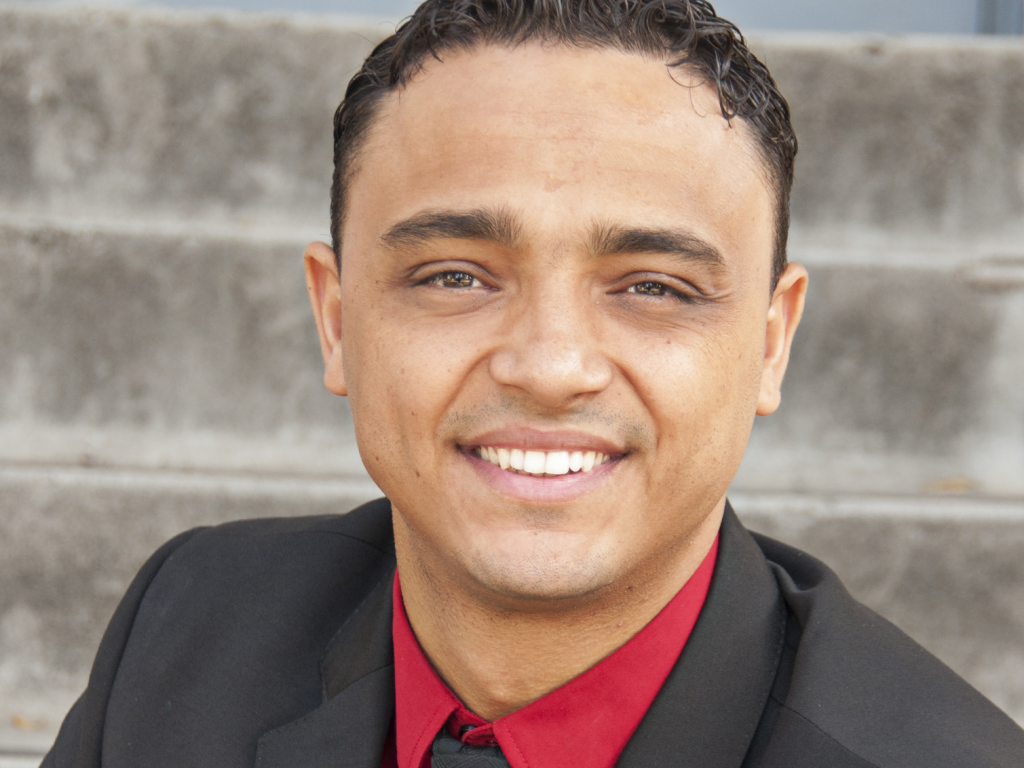- Hal Sousa bought his first property when he was 23 years old.
- He was making minimum wage but was saving most of his income to purchase a property.
- The more rental properties he bought, the more his cash flow increased, helping him scale faster.
At 32, Hal Sousa already owns 66 rental units.
He bought his first property when he was 23. Today, he continues to grow his portfolio and has also become a real estate agent helping others do the same. Property records viewed by Insider confirmed the size of his portfolio.
His path wasn’t planned or mapped out. In fact, he told Insider it was all quite a funny accident. He immigrated to the US from Brazil when he was 19 years old and started off as a labor worker on a dairy farm. Sousa said he didn’t know a word of English at first.
“I had no friends. I didn’t go to school here. So all I did was work. I picked up extra shifts whenever I could. As a matter of fact, I was working Sundays, which was my day off, for $50 because I just wanted to make the $50,” Sousa said.
He was a heavy saver and says he chose to live with his mother and stepfather to keep his expenses down. At first, his main motivation was to collect enough cash to purchase a brand new car.
But when he went to the dealer, Sousa said the manager saw that he had $35,000 ready to drop on a Chevy Camaro, and asked him if he'd ever considered investing in real estate.
"That year, in 2009, I did not hear what that lady said," Sousa said. "Like it literally just went over my head and I just pointed at the shiny car I was buying."
But a few years later, he had saved up a good amount of money again and remembered the manager's suggestion. So he decided to begin searching websites for available property in his area. That's when he realized that the same amount he had put towards a new car, he could have used for a down payment on a house - one that he could rent out.
After using online tools to calculate what monthly mortgage payments would amount to on various houses, and comparing it to rental rates, he realized there was profit potential.
"Here I am, working a whole week to make $400 bucks, but then I could buy a property and make $400 in my sleep," Sousa said.
The first property
He bought his first investment property in 2012 in Visalia, California. He used Zillow for research purposes and then hired a real estate agent to finalize the deal.
His first focus was narrowing in on a decent area of town and then finding properties within his budget. Then, it was about picking the property that had the potential to produce net profits after expenses were paid. Sousa adds that when he first started, prices were much more affordable than they are today.
Since he didn't have debt or bad credit, it was easy for him to get approved on his first mortgage. The property also didn't require any upgrades. All he needed to do was find a tenant.
The process wasn't difficult, and once it cash flowed, a light bulb went off in his head and he realized he could keep saving money and repeating the same process.
Sousa says he continued working his job at the dairy farm, but also picked up additional side jobs at restaurants, taking holiday shifts, and even mowing lawns. He also didn't move out of his parent's home, an advantage he admits helped him save 85% to 90% of his income.
"I didn't do anything special. I wasn't earning a lot of money," Sousa said. "A lot of people that start investing in real estate, they start after they get that big job. I started when I was a minimum wage worker."
Between his jobs, the cash flow from his new property, and his saving strategy, he was able to purchase his second property within a year.
The second property was a foreclosure, which meant it was under market value. This time, the house required some aesthetic upgrades, such as carpeting. He cut costs by doing some of the work himself.
Landing his second mortgage wasn't difficult either because his debt-to-income ratio remained positive. And the first mortgage didn't weigh him down since it was cash flowing.
Scaling his portfolio
In the early stages, Sousa was relying on his own judgment and didn't have much coaching or guidance. But by the time he purchased the second property, he had built a relationship with his loan officer, who recommended a third property to him.
Although it was distressed, it only cost $67,000, an amount he could cover with cash. By the third purchase, Sousa had replaced his salary with his investments. Nevertheless, he told Insider he continued to work. The only difference now was the extra cash flow meant he was saving up at a much faster rate.
"By three, I'm addicted to this. I want more of it because I don't want to have to work," Sousa said. "My goal was to work, save, and invest."
As his cash flow began to increase, he set his sights on purchasing one or two properties a year.
Eventually, Sousa got his real estate license and began helping others do the same. His career shift also increased his income substantially and for the first time, he began making six figures.
As his real estate portfolio grew, so did Sousa's knowledge of the field. He was eventually able to set up a partnership under a business where he could flip houses and mitigate his taxes.
Now, 47 of the 66 properties are owned by him, while the others are co-owned with a partner.

